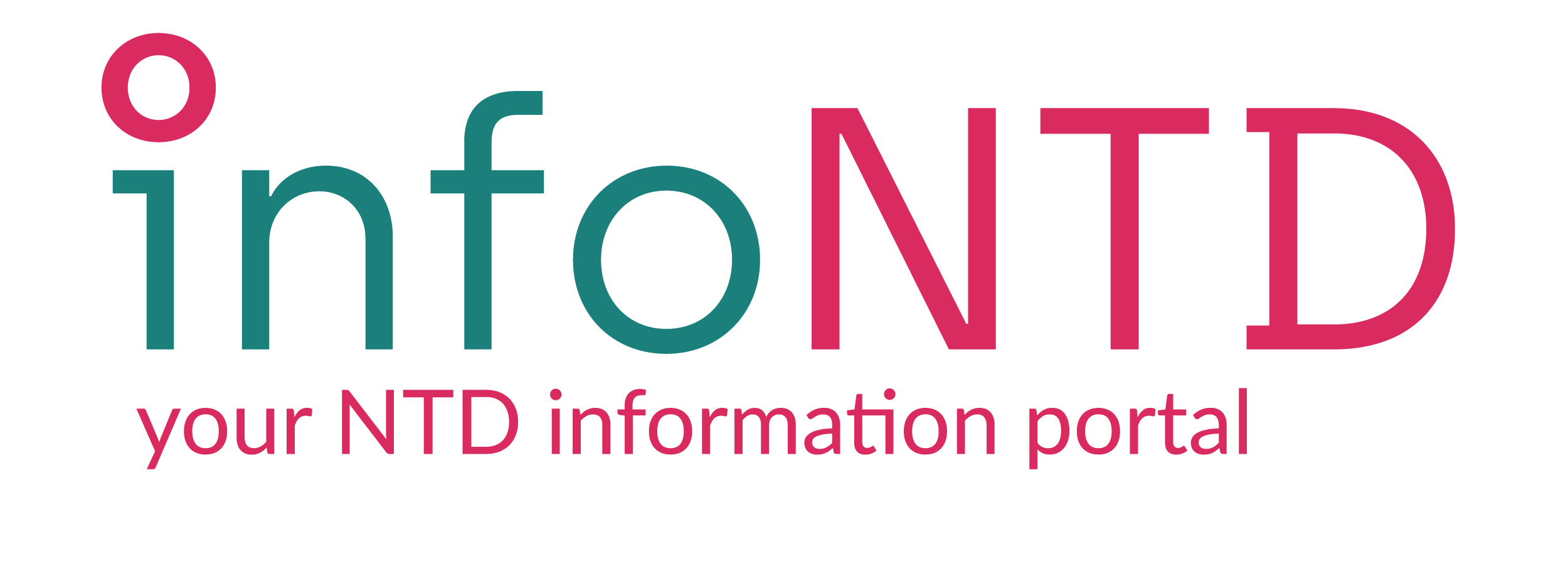Access and utilisation of leprosy healthcare services in high-burden districts in Ethiopia
Background: A lack of awareness, poor quality of care, and gender inequalities are factors associated with access and utilisation of leprosy services.
Objectives: This study aimed to identify factors affecting community access and utilisation of leprosy services in high-burden districts of Ethiopia.Method: A community-based cross-sectional study design was utilised and a simple random sampling technique was used to recruit study respondents. One hundred and sixty-one respondents completed the self-administered structured questionnaire. Data were analysed using SPSS version 26. A logistic regression model was used to identify predictors associated with leprosy services. A p-value 0.05 was considered statistically significant.
Results: More than 75% (n = 123) of study respondents had limited knowledge about leprosy. However, respondents who reside in urban areas were knowledgeable about the disease (adjusted odds ratio [AOR] = 8.2; 95% confidence interval [CI] = 1.6, 42.0). Men were most likely to use health care facilities (AOR [95% CI] = 2.9 [1.2, 7.2]). In addition, those who had better household income were more likely to have examined their family members for leprosy compared to low-income families (AOR [95% CI] = 4.5 [1.6, 12.9]).
Conclusion: General knowledge about leprosy was low in communities. However, persons infected with leprosy who resided in the urban areas had a better understanding of leprosy. Male persons infected with leprosy were more likely to utilise leprosy services.Contribution: The results of this study provide early insights into the factors associated with leprosy service utilisation to provide community-centred leprosy care.

 infontd
infontd